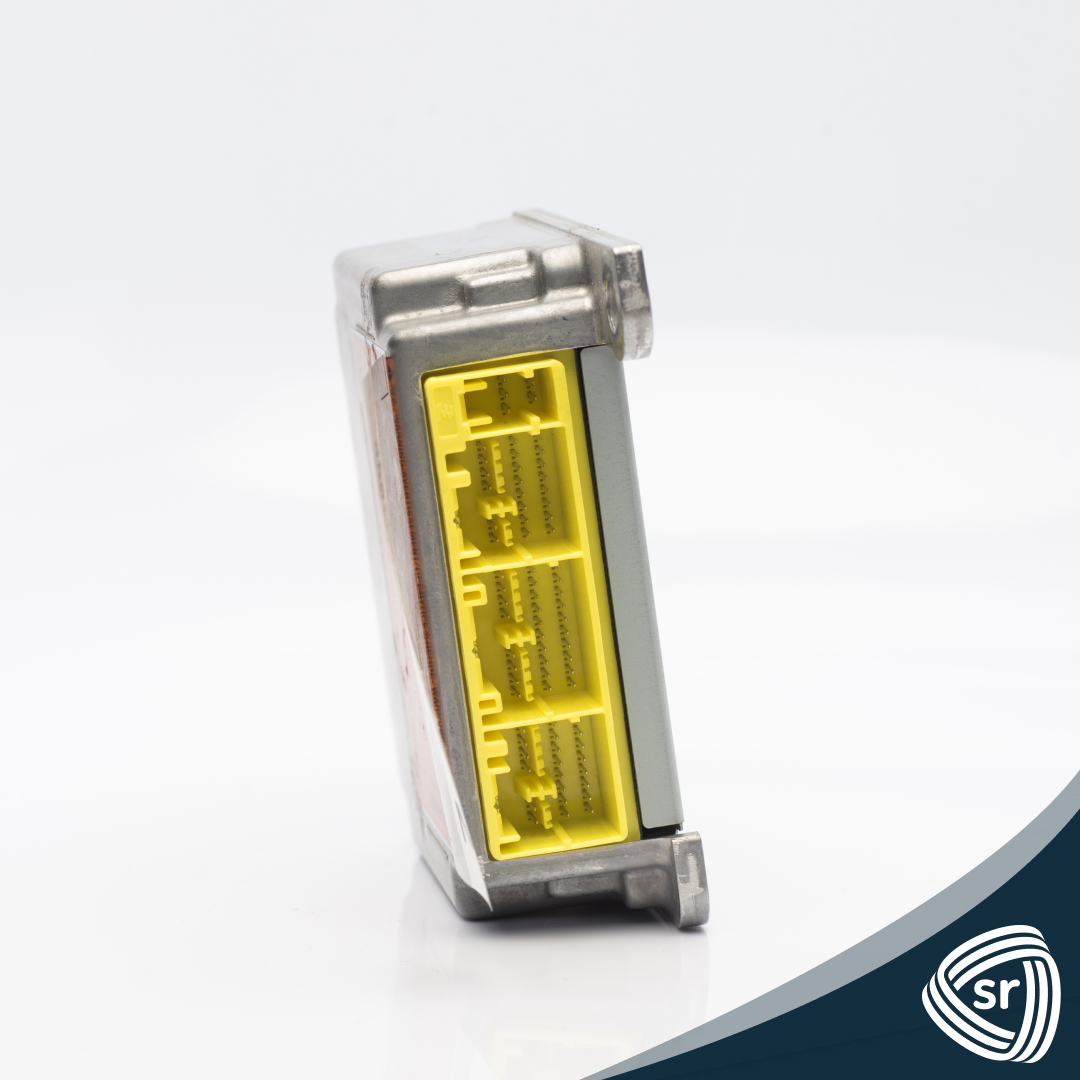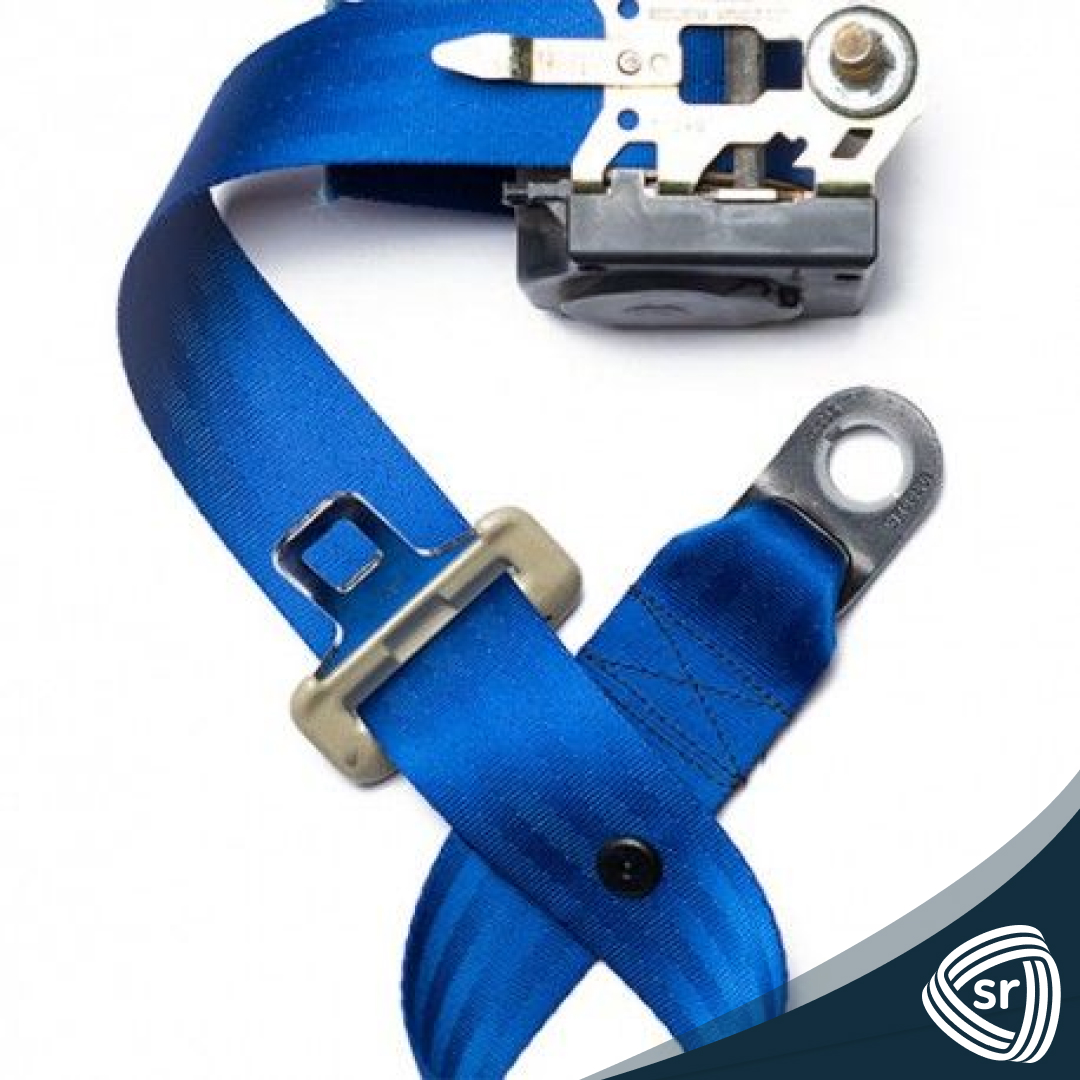You’ve likely seen it in movies or on TV. A character gets into an accident, and – whoosh! The airbags inflate nearly instantaneously.
There’s no doubt that car airbags are a vital safety feature in any vehicle that prevents moderate to severe injury. Many people have described them as modern miracles since they have saved thousands of lives. In fact, according to the United States Department of Transportation, frontal airbags have saved 50,547 lives since 1987.
But how do airbags work, and how fast do they deploy? We’ve got the scoop on all the technical ins and outs of an airbag deployment, and we’re ready to share them with you. Keep reading if you’re interested to learn more!
How Do Airbags Work?
Modern-day airbag technology is extremely advanced. They contain many sensors, a controller, an igniter, and multiple airbags. The sensors detect a crash and send a signal to the controller, which determines how severe the impact is and whether or not to deploy the airbags.
If the system signals the airbags to deploy, the igniter releases a chemical reaction that fills the airbags with gas. Once the bag is full of gas, the deploying airbag pushes outward on whatever is in its way – first the steering wheel, passenger side dash, or vehicle sidewall, and then the driver or passenger. Air bags typically deploy within milliseconds of a crash happening. This happens so fast that the vehicle occupant doesn’t even realize they’ve been in a car accident until after they see the deployed air bag.
How Fast Does an Airbag Deploy?
Most collisions happen between 70 and 150 milliseconds, which is less than the blink of an eye. It may seem impossible, but many processes also occur within that time.
Crash reconstruction specialists generally break down collisions into three separate phases: the initial contact when vehicles collide, maximum engagement when the cars begin deforming from the crash, and separation after the vehicles detach from each other to reach their final resting point.
In this sequence, airbag deployment has to happen immediately after the collision and before maximum engagement. Given that an entire crash can occur in less than 150 milliseconds, the speed at which airbags deploy must be even quicker (we’re talking as fast as it takes you to sneeze, blink, or shout, “Hey!”). It’s no wonder airbags are termed “modern miracles.”
What Happens After an Accident?
In the case of a minor car crash where airbags are deployed, but the car is salvageable, the internal airbag control module will signal that there has been a crash, storing the data in what is called hard code. This creates an issue for the car owner, as the airbag indicator light will turn on. Not only is this a nuisance to see every time you turn on your car, but you will not be able to sell your vehicle with this light on. It also puts the safety of drivers at risk.
When your airbag indicator light turns on after a hard code, even specialized mechanics and dealers cannot reset your indicator light. At this point, you may wonder whether you must pursue a replacement or if you’re in for costly repairs to your airbag module.
Should I Repair, Reset, or Replace My Airbag?
In the case of minor fender benders, you can likely reset your airbag control module and restore it to working order. To do this, you’ll need to know where it is located in your vehicle. The module is located under the center console between the two front seats in most makes and models. The control module looks like a small box with a metal casing and several ports that could be plugged into it. A search online will reveal where your particular vehicle’s airbag control module is located and what it looks like.
Replacing Your Airbag Yourself
Suppose you feel comfortable removing the airbag control module by yourself. In that case, we recommend that you follow these steps: disconnect the negative terminal of your vehicle’s battery and wait 10 minutes before proceeding, remove the trim to your center console, locate the module, then unbolt and unplug it from the wire harness or airbag plugs.
Once you have removed your airbag control module from your vehicle, you can take it to a trusted professional to run a diagnostic and see if it can be reset.
Resetting Your Airbag
In some cases, resetting the module is possible. But in others, a complete replacement is needed. This can be costly, with airbag control modules costing up to, sometimes in excess, $1000. This is because of the complex communication between your vehicle and your control module, administrative time, and labor associated with the replacement job.
Of course, some people, even some technicians, may suggest that you pursue an aftermarket control module to save money. While this is an option, it’s not always advisable. Sometimes, aftermarket parts can cause more headaches than what they’re worth in savings.
The Bottom Line: How Fast Does an Airbag Deploy?
Airbags deploy in the blink of an eye, and for a good reason! Accidents happen quickly and often unexpectedly and can significantly affect your health and overall well-being. A fully functional, fast-acting airbag system is key to keeping you safe on the road no matter what life may bring.




